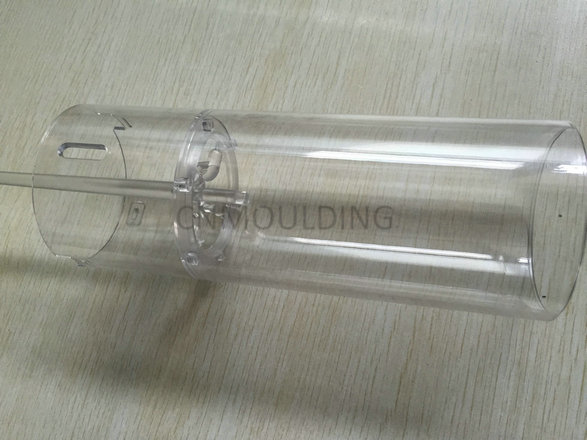Transparent plastic injection molding is a widely used manufacturing process in various industries. However, like any other manufacturing process, it is not immune to defects. In this blog post, we will discuss some common defects that may occur during transparent plastic injection molding and their solutions.
1. Flow marks
Flow marks are the visible lines or streaks on the surface of the molded part. They occur when the plastic material does not flow evenly into the mold cavity. To avoid this defect, it is recommended to use a higher injection speed and pressure to ensure that the plastic material fills the mold cavity uniformly.
2. Weld lines
Weld lines are the visible lines that appear on the surface of the molded part where two flow fronts meet. This defect occurs when the plastic material cools and solidifies at different rates. The best solution is to use a higher mold temperature and increase the injection speed to ensure that the plastic material flows evenly into the mold cavity.
3. Sink marks
Sink marks are depressions or dents on the surface of the molded part. This defect occurs when the plastic material shrinks as it cools and solidifies. To avoid this defect, it is recommended to use a lower injection speed and pressure to ensure that the plastic material does not overpack the mold cavity.
4. Air traps
Air traps are air pockets or bubbles trapped inside the molded part. This defect occurs when air is trapped inside the mold cavity during the injection molding process. To avoid this defect, it is recommended to use a higher injection speed and pressure to ensure that the plastic material fills the mold cavity completely.
5. Scratches and blemishes
Scratches and blemishes are visible marks or imperfections on the surface of the molded part. This defect occurs when foreign particles or debris are present in the mold cavity during the injection molding process. To avoid this defect, it is recommended to use a clean mold cavity and filter the plastic material before injecting it into the mold cavity.
In conclusion, transparent plastic injection molding defects can be avoided by following some simple guidelines. These guidelines include using a higher injection speed and pressure, increasing the mold temperature, using a lower injection speed and pressure, ensuring that the plastic material fills the mold cavity completely, and using a clean mold cavity and filtered plastic material. By following these guidelines, manufacturers can produce high-quality molded parts without any defects.




